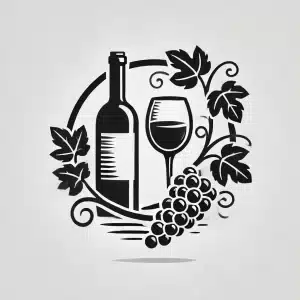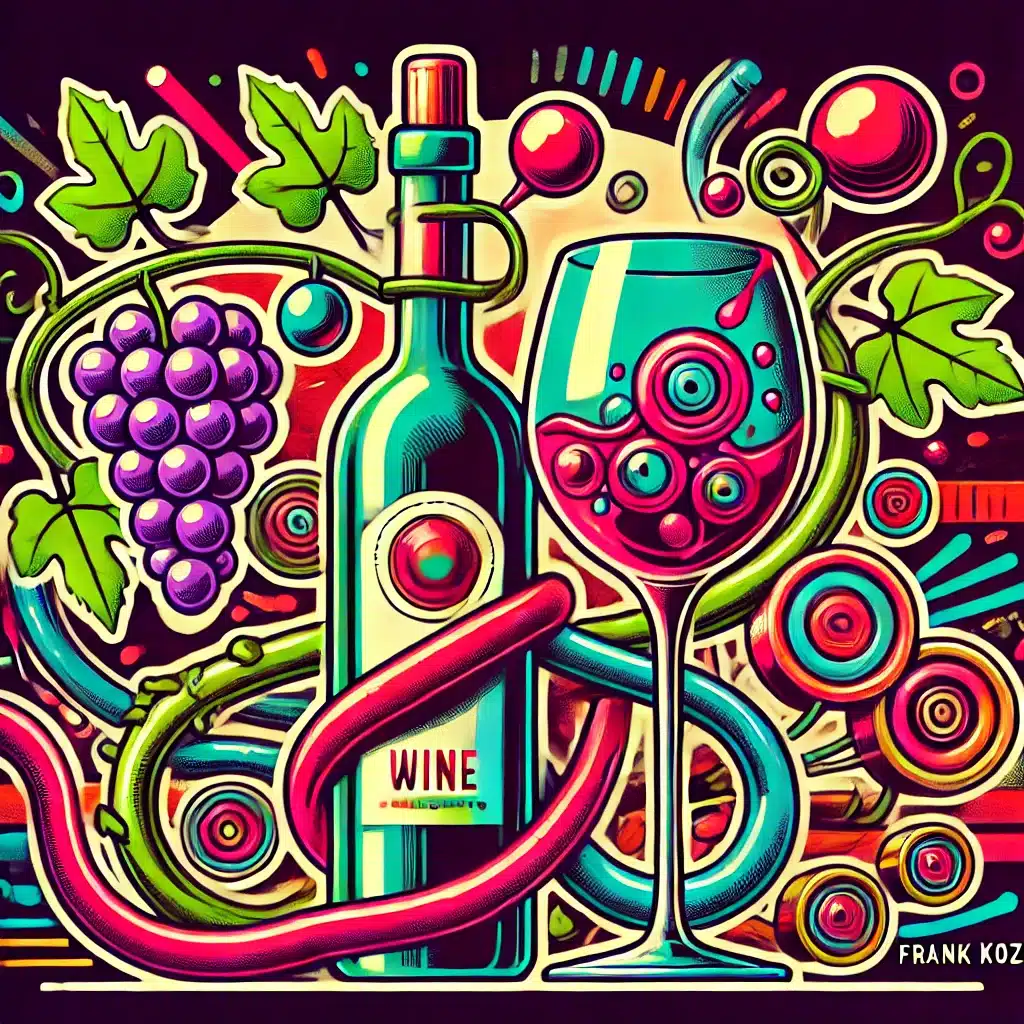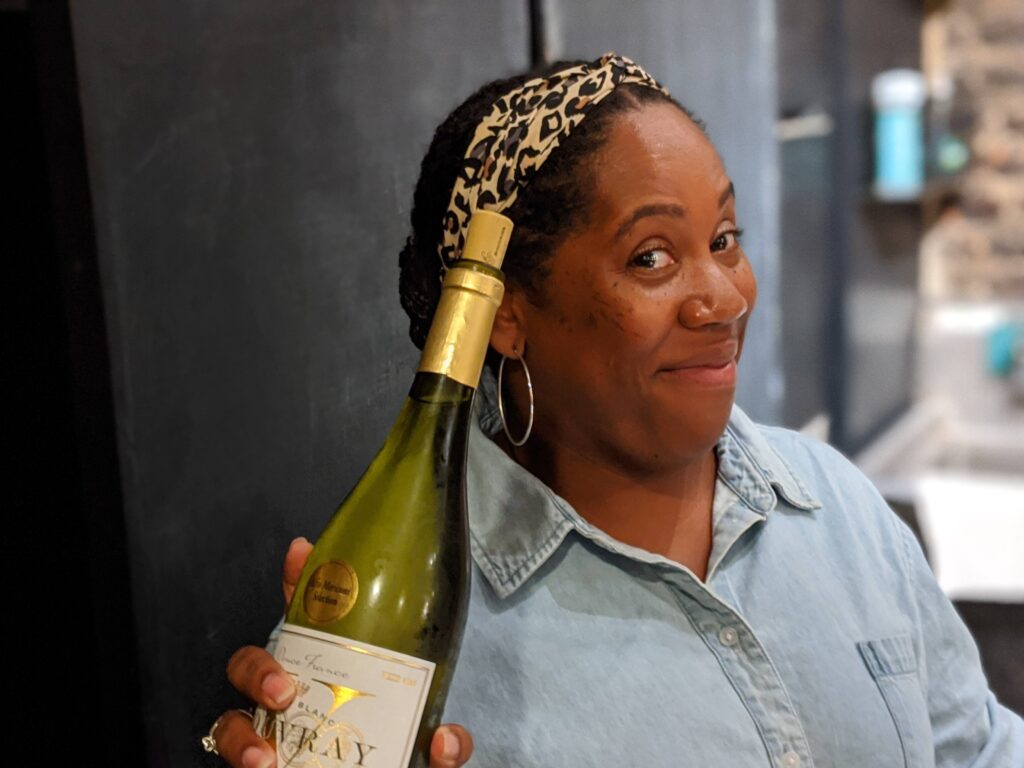Table of Contents
For those of us in the wine trade, it’s hard to remember what it felt like to be a beginner. The nerves. The uncertainty. The fear of being judged.
Being new to wine can be stressful, but it doesn’t have to be. In this article, you’ll find the best wines for beginners. In other words, these are the wines you are guaranteed to enjoy.

Learn to Love Wine
The first thing to keep in mind is that not everyone starts in the same place. For example, maybe you grew up in a family that enjoyed wine, or your culture has a long history of pairing food with wine. Or maybe you didn’t drink a drop of alcohol until you turned the legal age.
Either way, this article is going to save you loads of unnecessary stress. As a new wine drinker, this guide will help you navigate wines and recognize your own preferences.
If you prefer, you can check out our Online Wine School for upcoming wine classes. You can also check out the National Wine School for wine certification programs.

Starting Sweet
Where you start with wine really depends on your diet. Is dessert your favorite meal? Is a day without chocolate a day not worth remembering? On the other hand, if you have a sweet tooth, your first wines probably should have a little sugar in the mix. In wine-speak, we often call these wines “Off-dry.”
There will be people who ridicule you for liking sweet wines. Honestly, screw them. Every wine culture—America, France, and Italy—started with a love affair with sweet wines before they got a handle on the dry stuff.
The goal isn’t to ignore the sweet stuff but to rise above its powerful grip.
Sweet Wines for Beginners
Moscato D’asti has low alcohol, bubbles, and a hint of ripe peaches and orange blossoms. This is not only a perfect wine to start with but a wine even a wizened old expert like myself loves. There is nothing better than a Moscato D’asti with extra-spicy food.
When buying this wine, make sure to steer clear of any wine that says “Moscato.” The “D’asti” means it’s the real deal, from the Asti region of Italy.
Demi-Sec Vouvray: You might be surprised to know that this somewhat obscure wine has inspired quite a few folks to begin their wine journey by taking classes at Wine School. Vouvray is a small region in France that produces a range of white wines. They list the style of wine on the label. “Demi-Sec” means semi-dry (which is synonymous with Off-Dry).

Alsatian Gewurztraminer: Who knew that the French like a bit of sweetness in their wines? The grape Gewurztraminer is fun and spicy. However, it often tastes like ginger and lychee. The French region of Alsace tends to leave a little sweetness in these wines, which works well with their hearty cuisine.
Zinfandel: This is red wine and a great place to start if you prefer leapfrogging over white wines. The sweetness here will come across as super-ripe plums and maybe even milk chocolate. (There is a pink Zinfandel, too, but it’s best to skip that one!)
Wine Buying Tip: Less is More!
To get a little sweetness in your wines, don’t spend too much. Lower-priced wines—below $15—are much more likely to have residual sugar, especially from California.
Why? This price category is full of wines for beginners! Most people buying these wines are budding wine lovers, so the styles fit your palate. There is no shame in spending less, especially when you want a tasty wine.
Dry White Wines
Now that you know how delicious wine can be, it’s time to challenge yourself. Staying in the sweet realm will limit you from experiencing some of the most enchanting wines in the world. (Plus, wine is a lot healthier without sugar.)
The next step in your wine evolution should be tasting dry white wines. When talking “dry,” we mean a wine without any residual sugar. The goal here is to have wines that don’t venture too far into the earthy spectrum—no smells of a barnyard or wet dog, please!—and keep flavors fruity and super-delicious.
A word of caution: The most noticeable difference will be the tartness you feel on your tongue. Sugar hides the bright flash of acidity, so you may have to acclimate to that sensation of freshness. But, it will be worth it.
Best White Wines for Beginners
Italian Prosecco: These fresh and fun bubbles are a crowd-favorite. This style is very different from French Champagne and a lot more affordable, too. The bubbles are bigger and softer, and the flavor mixes citrus and minerals. The wine is very food-friendly, especially for appetizers.
Sauvignon Blanc from Marlborough, New Zealand If someone you know is a white wine drinker, chances are the first wine they fell in love with was a New Zealand Sauvignon Blanc. These wines are zesty, mouth-watering, and filled with delightful tropical fruit aromas. Once you try Sauvignon Blanc with goat cheese, you’ll become an enthusiastic white wine drinker, too!
Red Wines For Beginners
There is nothing worse than drinking a wine that tastes like a bitter pile of dirt. Maybe it even turns to sandpaper in your mouth. For a beginner, that may lead you to conclude that wine isn’t for you.
The truth is that many things about wine are wrapped in preferences and experiences, but our preference for bitterness is genetic. Therefore, how your palate reacts to bitterness will determine how much you enjoy this sensation in your wines.
You will only find this type of bitterness in red wines. It is called “tannin” and comes from the skins and seeds of the grapes, and it gives red wines their color. White wines are not fermented on the skins, so they don’t contain bitter compounds.

Light Red Wines
When starting drinking red wines, it’s best to start with red wines low in tannins; that way, you won’t turn yourself off before you begin. We also don’t recommend sweet red wine for beginners: they often have an unhealthy amount of sugar. Here are the best red wines for beginners.
Bonarda from Argentina is one of the most slurpable grapes to ever end up in a bottle of wine. However, if you are going to try a red wine for the first time, this is the one I recommend. We are talking big fruit and little to no bitterness. In the States, it’s a rare but inexpensive bottle and worth seeking out.
Beaujolais from France. This wine is made from the Gamay grape. (Wines in Europe are usually named after their place, not the grape in the bottle.) Gamay is a super-juicy fresh red wine that is delicious by any metric.
Heavy Red Wines
Another step along the way towards your wino-fication is to go big, as many wine drinkers don’t realize that alcohol acts similarly to sugar—simple sugars are just booze waiting to happen. Higher alcohol content affects how wines perform on your palate by giving them a rich mouthfeel, masking flavors, and making the wine appear sweeter
Petit Sirah from California. This grape has been grown in northern California for a few hundred years and is one of the biggest wines in the marketplace. The booziness of this bottling is so deep that it often tastes like strawberry jam. So, of course, you’ll hear the term “jammy” to refer to wines like this.
Shiraz from Barossa Valley (Australia). The grape Shiraz also goes by the name Syrah. This is a wine that is very different depending on where it comes from. In France, this wine tends to have the whiff of road-kill. The opposite is true for Shiraz grown in Barossa Valley in Australia. The Aussie style is filled with notes of blackberry jam and chocolate: a delightful choice for novices.
Grenache from Spain. This is one of the oldest grapes globally, and there is a reason why: big and boozy wines have been popular for millennia. Grenache is a particularly huge wine, even when it’s affordably priced. (FYI, it’s called “Garnacha” in Spanish.)

Final Thoughts
Think of these suggestions as a ladder towards becoming a wine connoisseur. You start with sweet wines, move on to white, low-tannin red wines, and finally, full-bodied red wines.
This is only the start. Give yourself a year to work your way up the ladder. Enjoy each rung, and only climb upwards once you are ready.
More Tasty Places
If you want to expand your selections beyond these recommendations, I have a few suggestions for you. Places like Germany, Austria, and Italy offer many delicious white wines that will surprise and delight the new wine drinker, especially if you keep your budget reasonable and your mind open.
Until you become a more experienced cork-master, I’d suggest limiting your red wine picks to New World regions such as the United States, Chile, Argentina, and Australia. These regions tend to offer rounder and fruit-forward red wines that will minimize bitter sensations.
Frequently Ask Questions
Which wine is good for beginners?
The best wines for beginners are typically white wines like Sauvignon Blanc and bubbles like Prosecco.
What are good red wines for beginners?
Red wines without too much tannin (bitterness) are best for beginners. We recommend Bondarda, Pinot Noir, and Red Zinfandel as great places to start.
Which red wine is easiest to drink?
The easiest red wines to drink are typically higher in alcohol, which also means they are the wines you should probably drink too much of.

Don’t you mean “…higher in alcohol, which also makes them the wines you probably should *NOT* be drinking too much of” ?